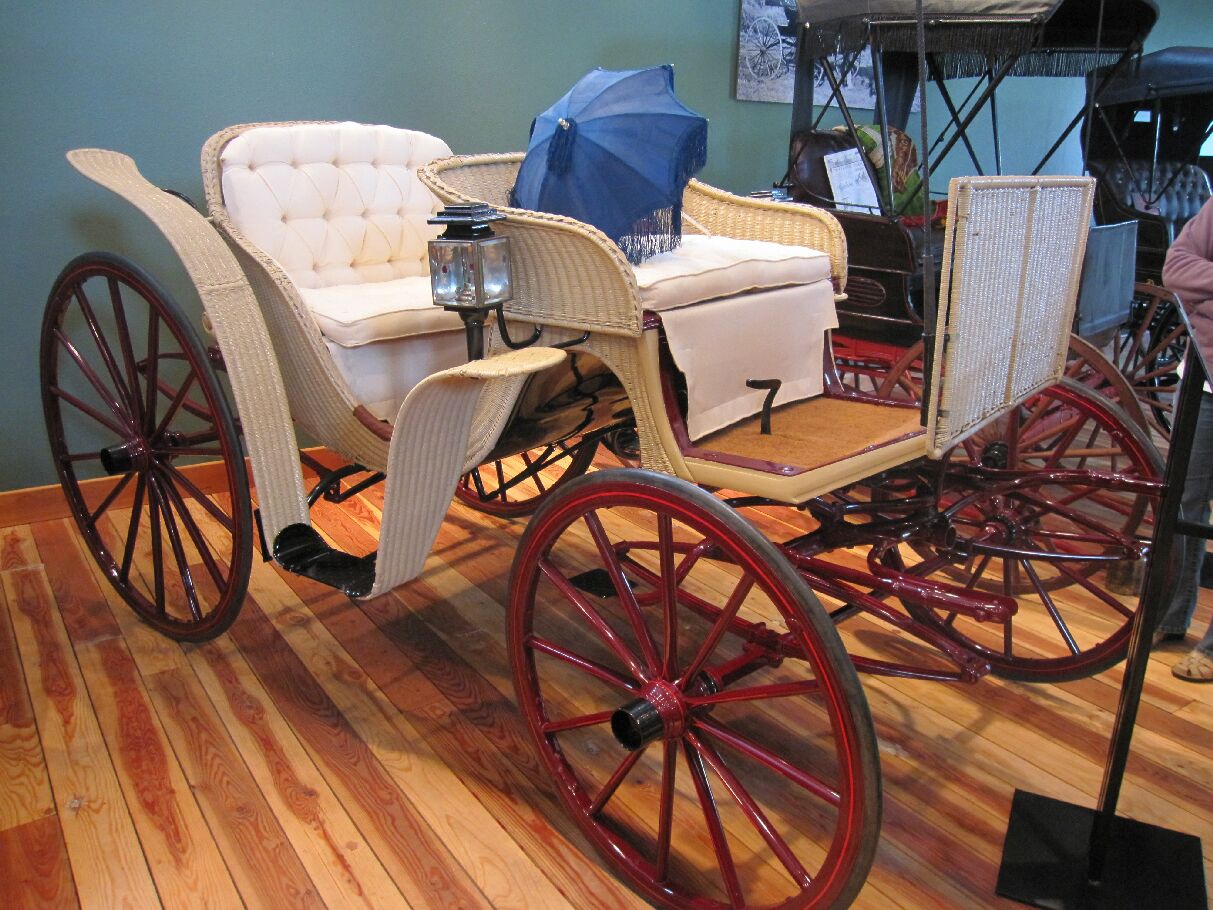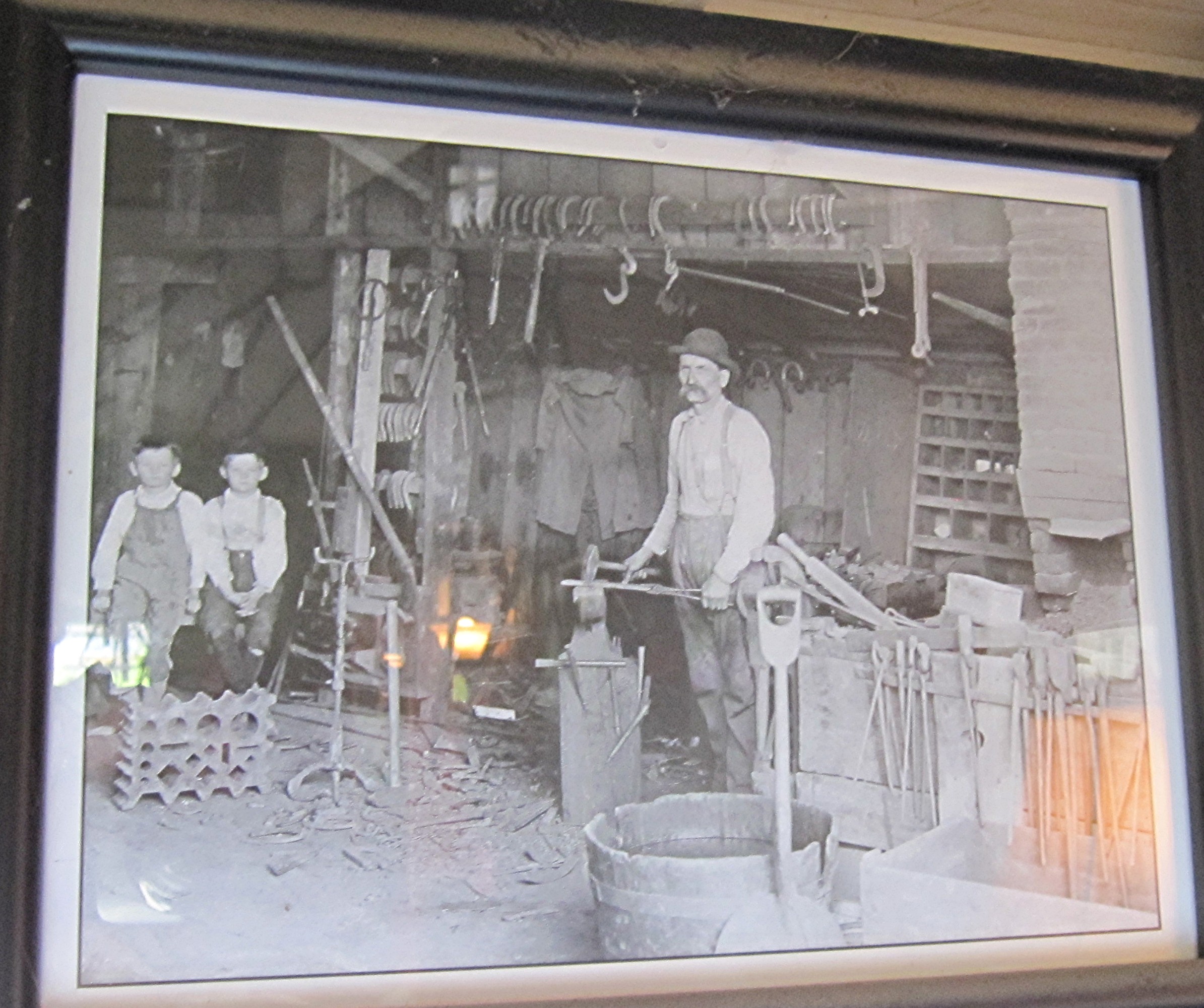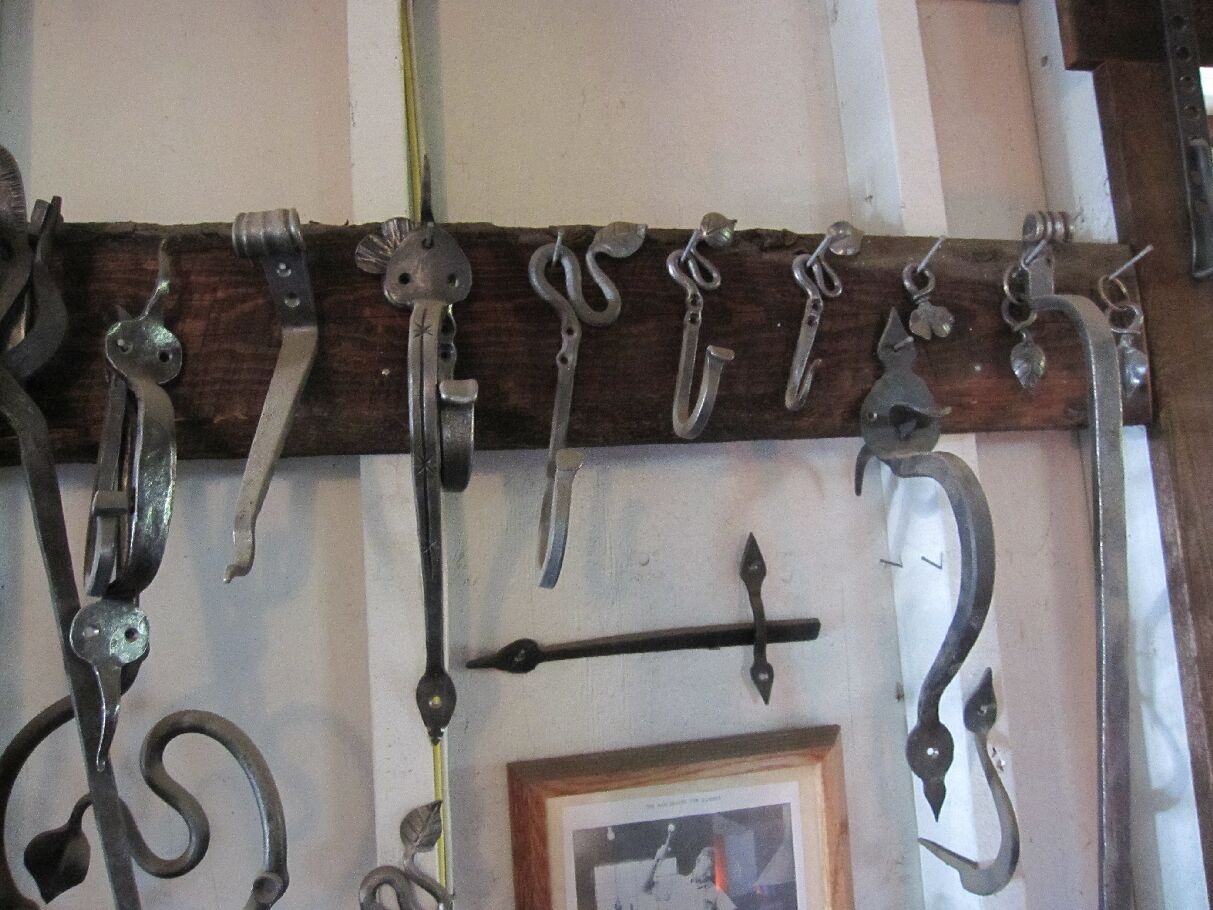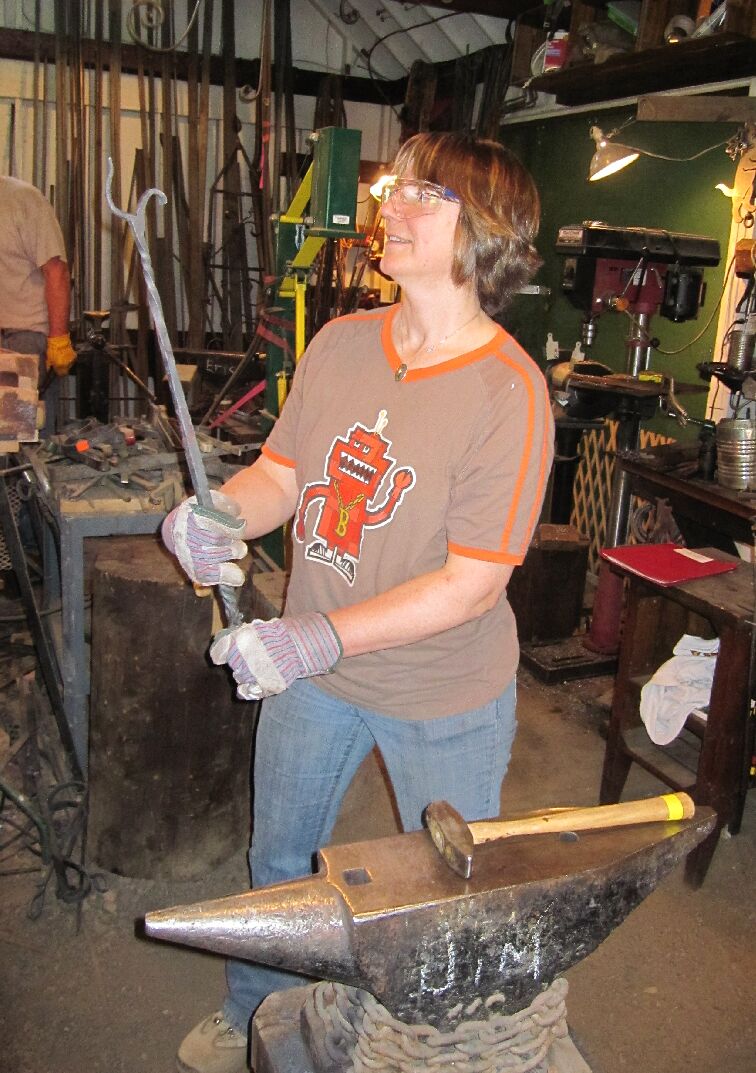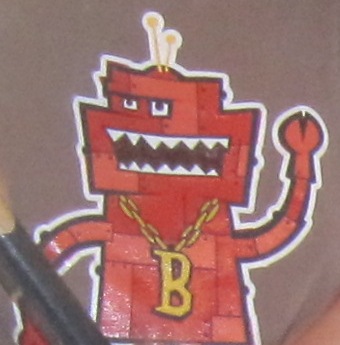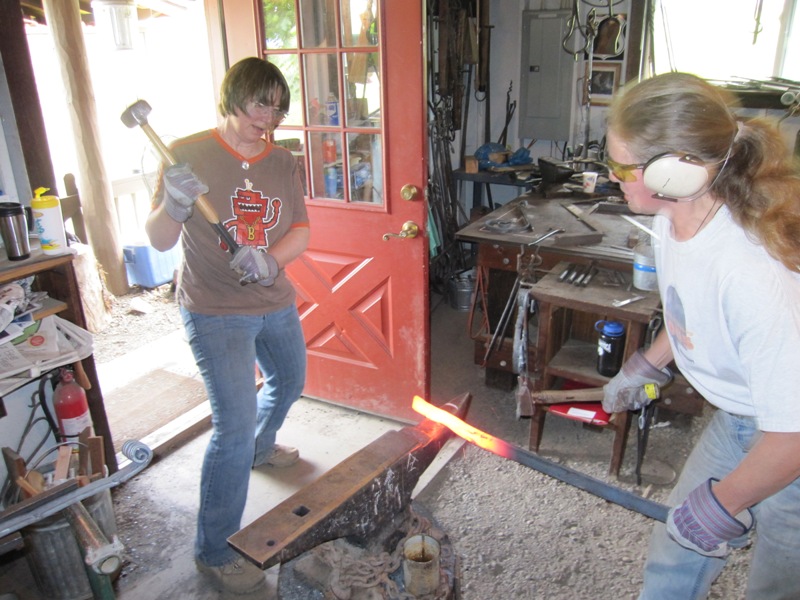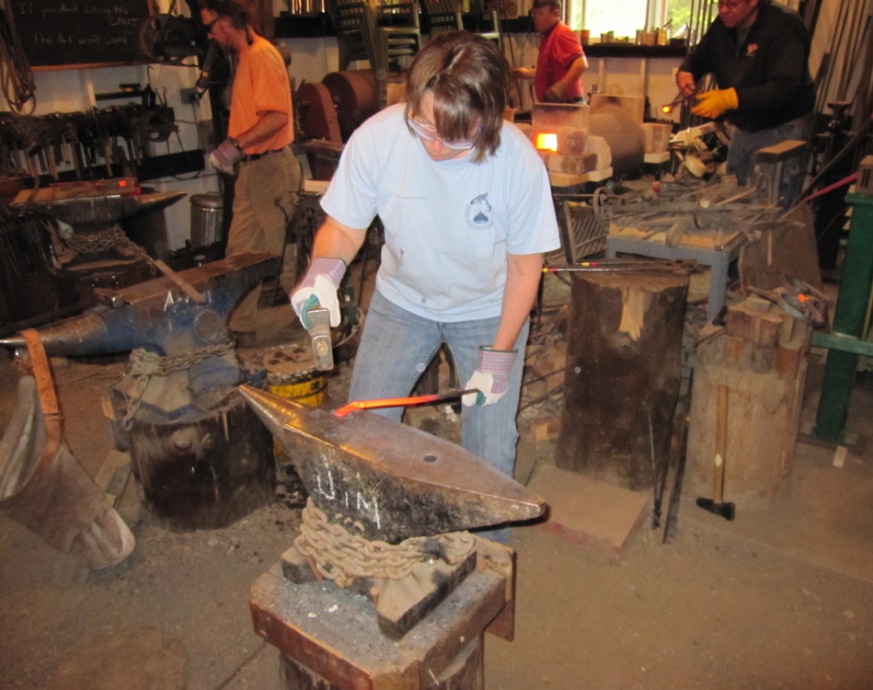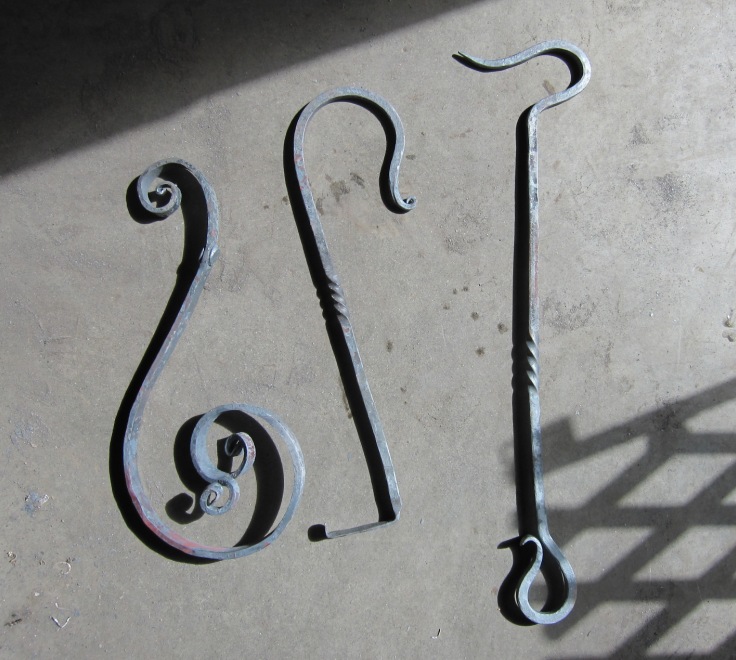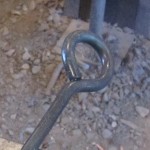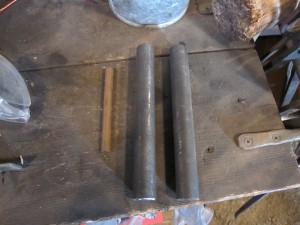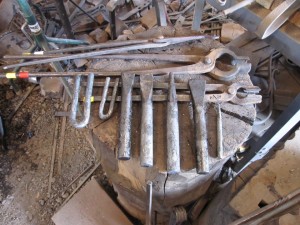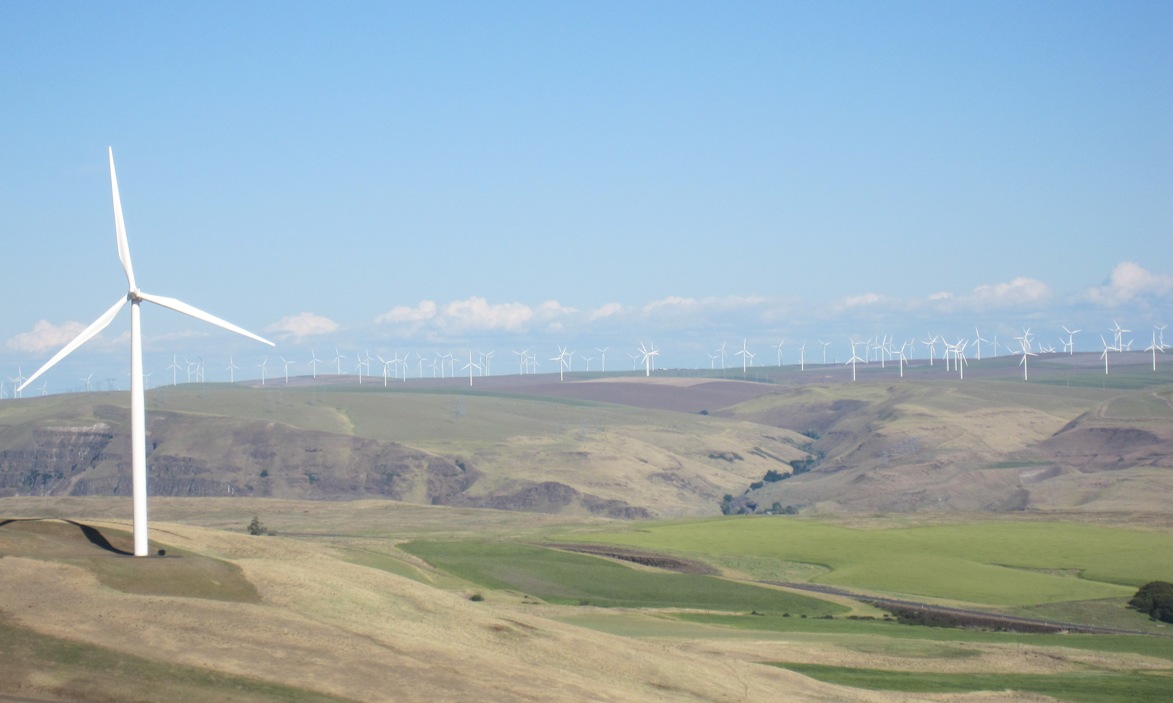 My cousin in Germany sent me a scanned image of a picture postcard sent by my great great grandfather as he sailed from Germany to New York in 1893.
My cousin in Germany sent me a scanned image of a picture postcard sent by my great great grandfather as he sailed from Germany to New York in 1893.
Check out how Michael Harm drew himself into the picture, waving back at the Pfalz.
At Immigrant Ship Information, I found what I believe to be a description of the ship.
COLUMBIA (5)
The “Columbia” of 1891 was a Hamburg America Line ship, built in dry dock in 1889 by Laird Bros, Birkenhead. Her details were 7,241 gross tons, length 463.5ft x beam 55.6ft, three funnels, three masts, twin screw and a speed of 18 knots. There was accommodation for 400-1st, 120-2nd and 580-3rd class passengers. Floated on 27/2/1889, she left Hamburg on 18/7/1889 on her maiden voyage to Southampton and New York. On 19/12/1893 she commenced her first voyage from Genoa to Naples and New York and made several further winter voyages on this route. Her last Hamburg – Southampton – New York sailing commenced on 14/10/1897 and in 1898 she was sold to the Spanish government for use as a troopship and auxiliary for the Spanish – American War and renamed “Rapido”. In 1899 she was repurchased by Hamburg America Line, went back to her original name of “Columbia” and on 31/8/1899, commenced sailing between Hamburg, Southampton, Cherbourg and New York. Her last sailing on this route started on 9/10/1902 and on 3/4/1904 she made a single sailing from Naples to Genoa and New York. In 1904 she was sold to the Russian Volunteer Fleet, renamed “Terek” and used as a troop transport in the Russo – Japanese War. Scrapped in 1907. [North Atlantic Seaway by N.R.P.Bonsor, vol.1,p.396] [Merchant Fleets in Profile by Duncan Haws, vol.4, Hamburg America Line] [Posted to The ShipsList by Ted Finch – 25 November 1997]

